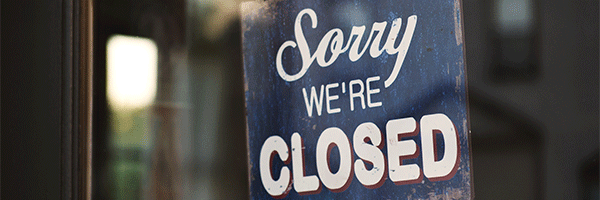In May governments shed more than 570,000 workers as states and cities grappled with huge budget shortfalls created by the coronavirus pandemic and shutdowns of economic activity imposed in an effort to get the outbreak under control. those layoffs are going to get worse in June and July.
Local and state governments asked Congress for $500 billion in aid to bridge their budget crisis, but Congress hasn’t moved on the ask.
As New York Mayor Bill De Blasio put it today “For weeks and weeks, we all had the hope that there would be a federal stimulus plan by now. It’s quite clear that’s not happening.”
New York’s mayor estimates that the coronavirus has cut city tax revenue by as much as $9 billion. And with no aid from Washington on the horizon he has begun talks with city labor unions looking for spending cuts that might reduce layoffs.
Meanwhile on another front, a survey by the National Federation of Independent Business found that “Nearly half— 47%—of entrepreneurs who received a PPP [Paycheck Protection Plan] loan or a loan through another relief measure, the Economic Injury Disaster Loan program, anticipate needing additional financial support over the next 12 months.” At the moment the Senate has no realistic plans to take up an extension of the time period for existing loans or an expansion of the program until July.
And if you need another front, U.S. households that managed to save money in May from that one-time $1200 check or from enhanced weekly unemployment benefits, sending the national savings rate to a record level, are expected to begin spending those savings as the sources have either already disappeared (the $1,200 check) or are scheduled to disappear in July (enhanced unemployment benefits.) This at the same time as programs that allow the suspension of mortgage payments or grant rent deferrals begin to expire.
The July data for unemployment and incomes has the potential to be very nasty indeed.


